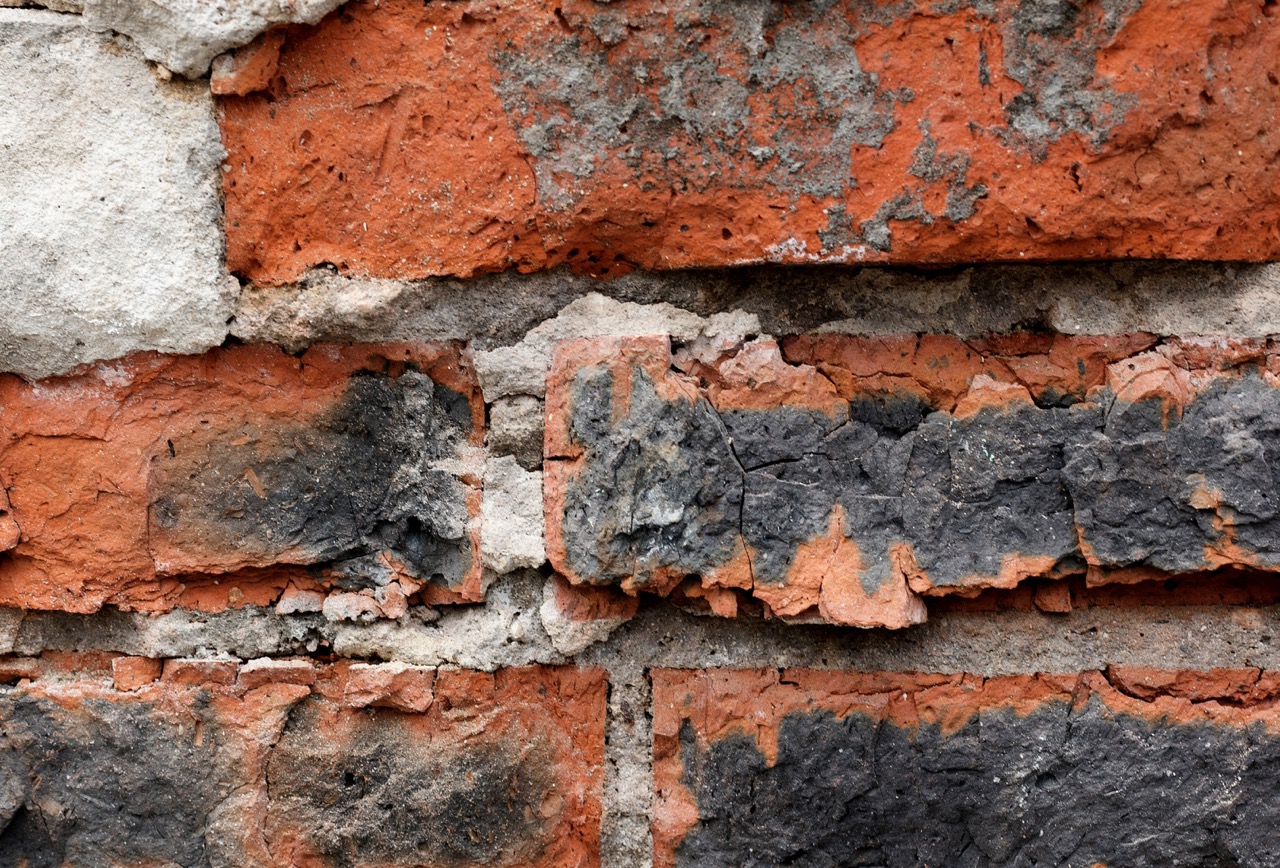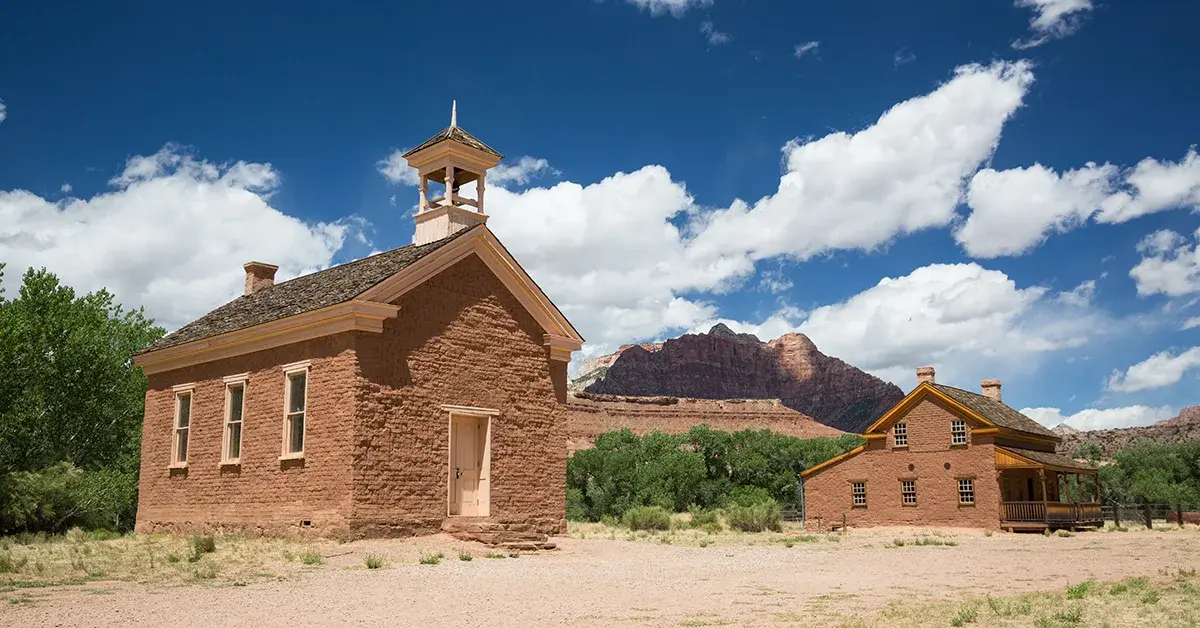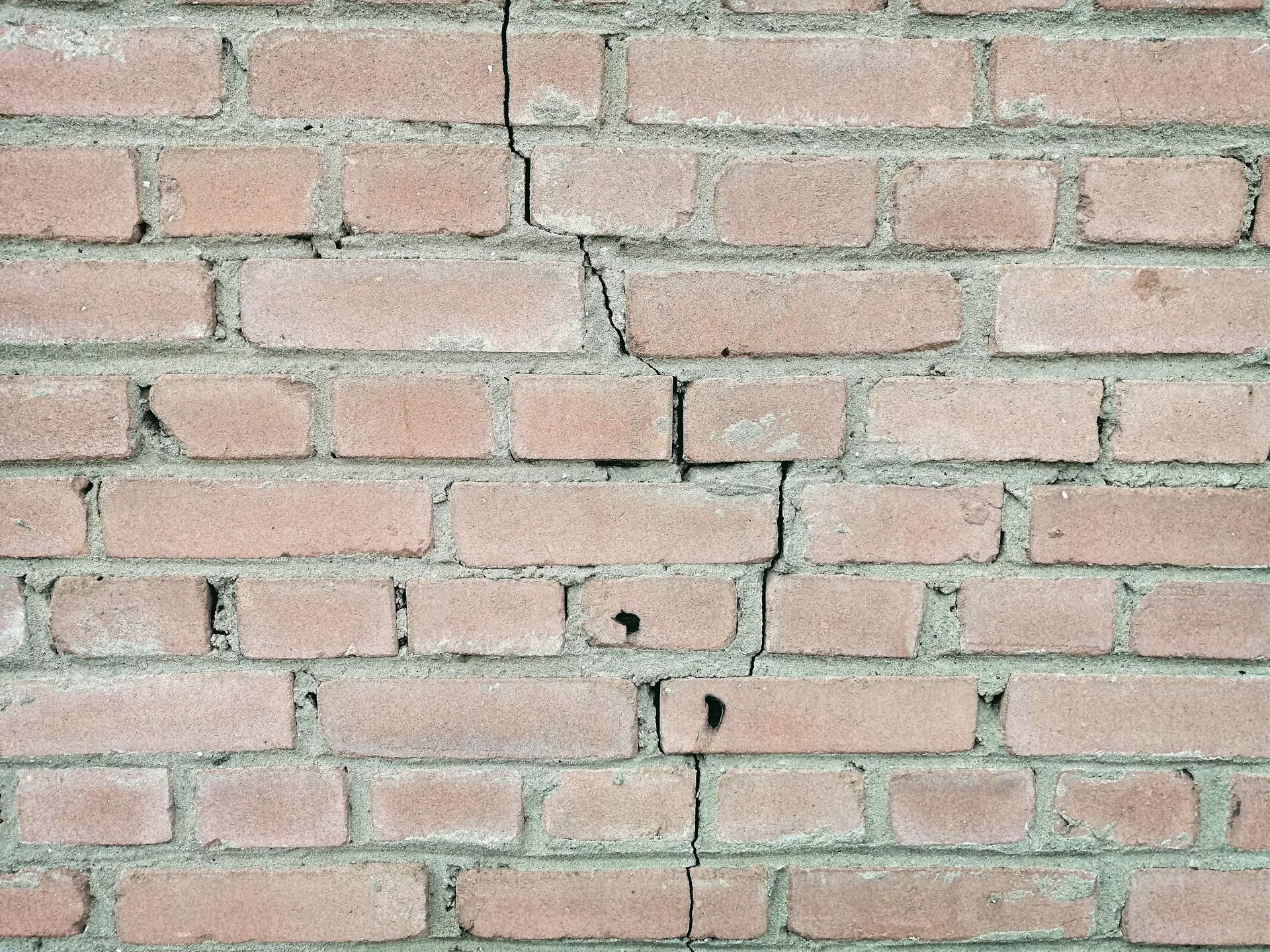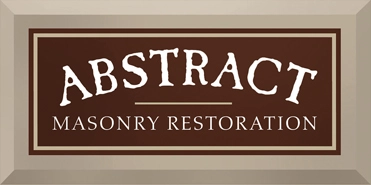The austere beauty of historic brick buildings fills their communities with distinct verve and character and also serves as a tangible link to their respective communities’ cultural history. Historic masonry structures represent a blend of artistry and craftsmanship. While many examples are architectural treasures, sometimes the ravages of time can take their toll on these historic structures that link us to our pasts. Read on to understand what could contribute to this corrosion, and how a professional masonry worker can revert the damage and restore the buildings to their former glories.
Structural Cross Section of Times Past
Simply put, existing buildings—however beautiful—are a product of the readily available materials and employable technology of their times. Subpar man-made materials used could contribute to weaknesses, as well as weaknesses in natural materials that were simply not identified at the time of installation. To address these faults, a professional and thorough inspection of those materials—utilizing the peak of training and technology—-are essential. Masonry requires regular maintenance even if its designers utilized high-quality materials in their construction.
Significant Movement
A building may experience significant movement throughout its life: either from a one-time significant event, like an earthquake, or a more insidious long-term condition in its very foundation, and interaction between dissimilar materials. Cracks are a good first indicator of that significant movement. A highly trained structural engineer that understands building forensics can decipher the cracking patterns, identify the source of the issue, and eventually plan for the most effective repairs.
No One Likes the Word, “Moisture”
The materials that serve as the basic “building blocks” of historic masonry include brick, terracotta, and stone. These materials must be expertly maintained within the building’s structure system, or else water will likely permeate the delicate balance of brick and mortar. Water in any quantity can cause pervasive damage to not only the wall system but to the structure’s interior finishes as well. It is imperative that a masonry professional perform basic repairs, such as repointing, in order to keep a building’s structure at peak performance, as its designer originally intended.
Regular, proper maintenance—as well as indicated restorations, designed and executed by qualified professionals—-will reduce the likelihood of any irreversible structural issues, and will extend the serviceable lifespan of the building immeasurably. Before a maintenance or restoration project begins, it’s critical that you assemble a project team that can thoroughly evaluate a building as it currently stands, and also evaluate its structure per the lens of the building’s original design, and the construction technology at the time of its inception. A trained team can recognize the disparate mechanisms of structural deterioration contributing to issues attributed to a specific building element, or a combination that pertains to the entire structure as a whole.
A Professional Team
In order to preserve the historic masonry of your structure—-and to preserve the cultural heritage of which these buildings are a major part—-the proper maintenance and restoration techniques need to be performed. Allow a trained professional to thoroughly evaluate the deteriorating structural issues in order to effectively address them, and execute appropriate repairs. Doing so will ensure that these historic buildings will remain and flourish, and allow them to captivate the imaginations of their admirers for countless years to come.







